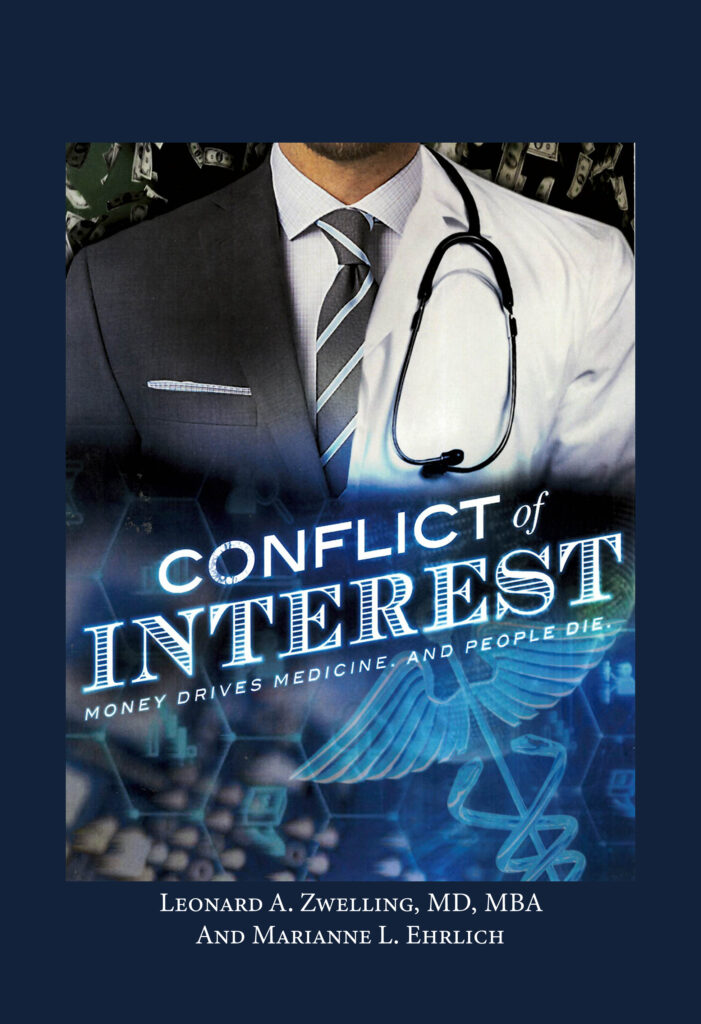The DePinho Plea for Cancer Center Access: Why
Was It Needed?
By
Leonard Zwelling
http://www.chron.com/default/article/DePinho-Access-to-top-cancer-centers-can-be-5422063.php
In
today’s (April 23) Houston Chronicle (link above), President Ron DePinho makes a compelling
case for the inclusion of the academic cancer centers in the roster of services
made available to patients buying insurance coverage in the ACA-based exchanges.
As he points out, this has become a problem as many of these plans do not
include places like MD Anderson on their lists of providers. In a particularly
strongly worded statement he says: “Every one of us deserves access to the best
cancer experts when our very survival might depend on it.” It is pretty tough
to argue with that!
Yet,
his point remains worthy of discussion because many of the current plans do not include
access to these centers. In his opinion piece, DePinho does not touch upon why
they don’t which would be an important consideration if this perceived
deficiency is to be corrected by “federal policymakers and insurers” as DePinho
suggests.
The
answer is the usual one. Money. And it goes to the heart of the current
strategy extant at Anderson and many other academic medical centers and it is
one fraught with danger for it is a strategy based on mutually exclusive
philosophies.
The
main reason the insurers do not include the academic centers is because they
view them as too costly. If the President wishes to know why they are viewed as
too costly he need only look at his charge master for the prices of his
clinical services and then get up from his desk and survey all of those
research buildings built by his predecessor and extended by himself to
understand the problem. The fixed costs of an academic center are tremendous
and have to be built into the prices of its clinical services. (Other than
philanthropy, investment income and grant overhead, what else is there? Oh yes,
all the drugs the centers will develop and sell).
The cost of air
conditioning the south campus and the mid-campus administrative ocean liner,
neither of which generate a whole lot of clinical revenue, probably would pay
for a whole lot of screening colonoscopies. So problem one is that the academic
centers have, by definition, a product differentiation strategy. Essentially,
they say they have a quality product worthy of the higher price. They are Tiffany’s
to everyone else’s Zale’s.
Fine.
But is that true?
I
actually believe it is, but it is a faith-based rather than fact-based belief on
my part that is heavily biased by my 40 years in academic medicine. I know the
physicians. I have been in the operating room with them. I have seen the
product of the highly specialized radiotherapy they can do and my family has
directly benefitted from the skill of MD Anderson’s surgeons. These are all
experiential data and will never sway an actuarially-based insurer who, like most patients, does not share my career experience with academic oncology.
The insurer
wants to perceive the value to all his patients not just a few and the
likelihood that any patient will do better with early stage breast cancer,
advanced stage lung cancer or disseminated intra-abdominal malignancy at an
academic center is limited at best. Yes, there is access to protocol based
clinical trials, but these are experiments not treatment, especially the most
cutting-edge of these, the phase 1 trials with the new molecularly-targeted drugs. Despite protests to the contrary, the insurance industry does not care about “personalized medicine” unless it costs them less.
It
would seem, then, that the academic centers have a niche, product-differentiation
strategy inherent in their DNA. Their costs are high due to research and
education. Their skill sets are unique when judicially applied to those most in
need, but the vast majority of Americans who contract cancer need not
necessarily fly to Boston or Houston as Dr. DePinho points out.
The
problem is that the current operating strategy of many of these academic
centers is the same as that of Wal-Mart and inconsistent with the strategy they
have followed for years and the one that guided their initial development. Where once they were the place where the specialists lived, now
they want high volume and that’s a dilemma the government can’t fix.
If
you are going to take on huge fixed costs, set your prices high, and excel in a
niche part of the market, you better be able to demonstrate your value and
stick to what you are good at which means that your volumes will be small not
large. You are a high margin provider so don’t expect everyone to beat a path
to your door any more than they do to the Mercedes dealer. There are far more
Toyotas than Porsches for a reason.
I
would posit that the folks who have figured this out are places like the Cancer
Treatment Centers of America who may have significant fixed costs, but not to
the extent that academia does and really can claim every bit as much quality as
the academic centers because for any given patient no one really knows the best
place for him or her, if that is even a reality. Quality in medicine beyond
patient satisfaction is still a very elusive thing to measure. If quality is
tough to quantify, value is even tougher.
I
agree with Dr. DePinho. All insurance plans should include access to an
academic cancer center. The difference between us is what we would do to fix
it. The good news for me it is that it is not my job to fix it. For those like
Dr. DePinho whose job it is, I suggest they grasp the why before they suggest
governmental intervention or insurance company concessions on behalf of a
center the size of MD Anderson.




